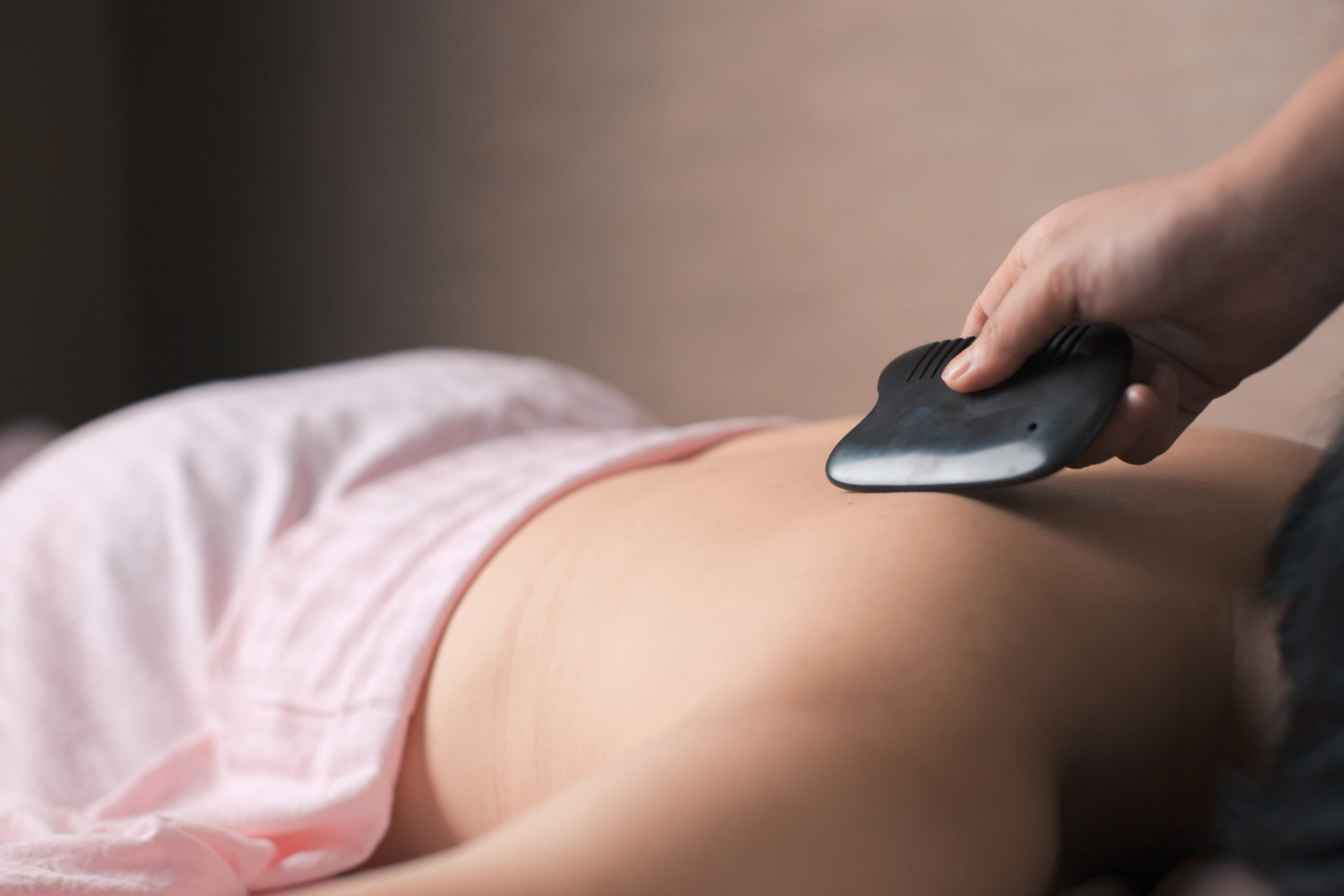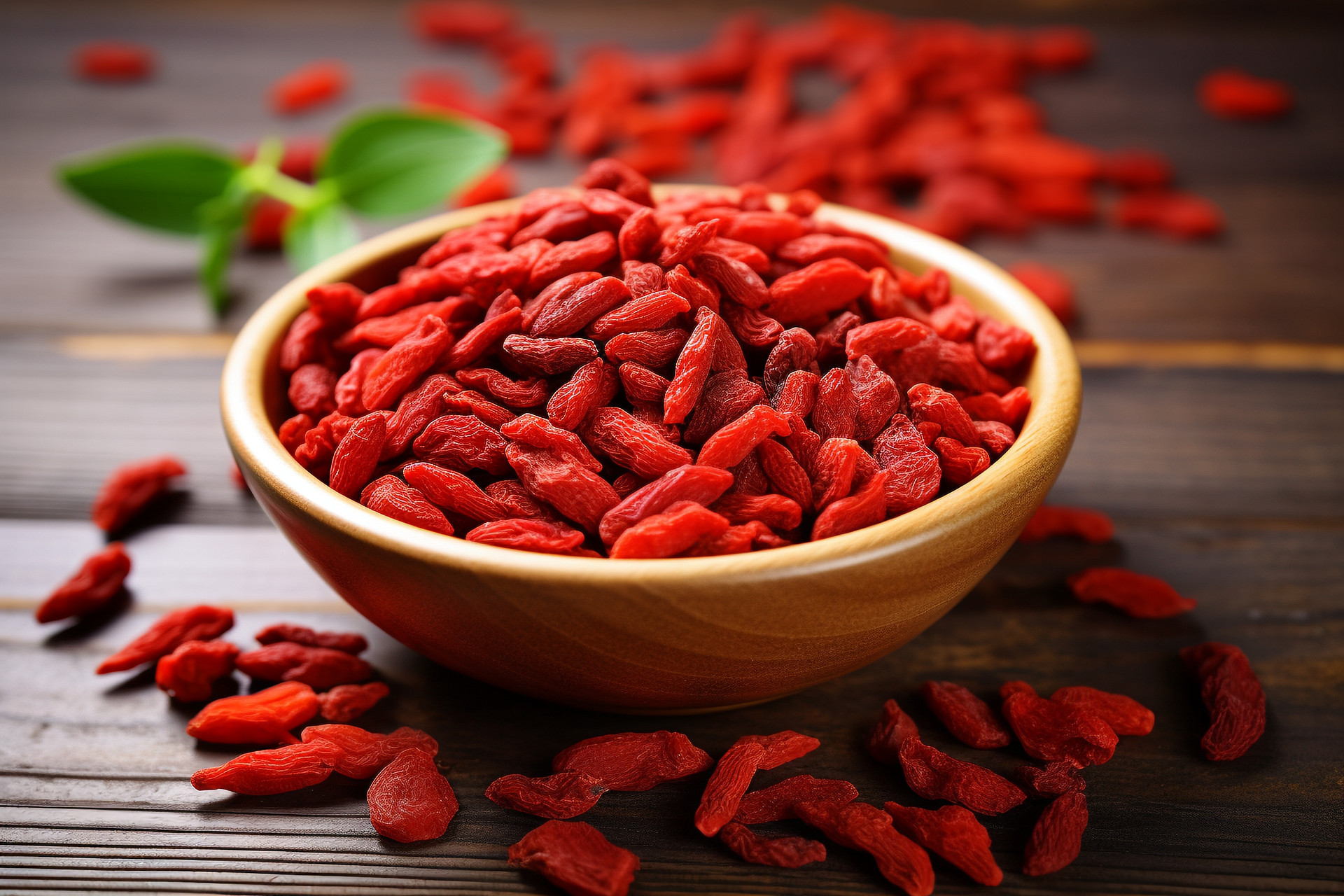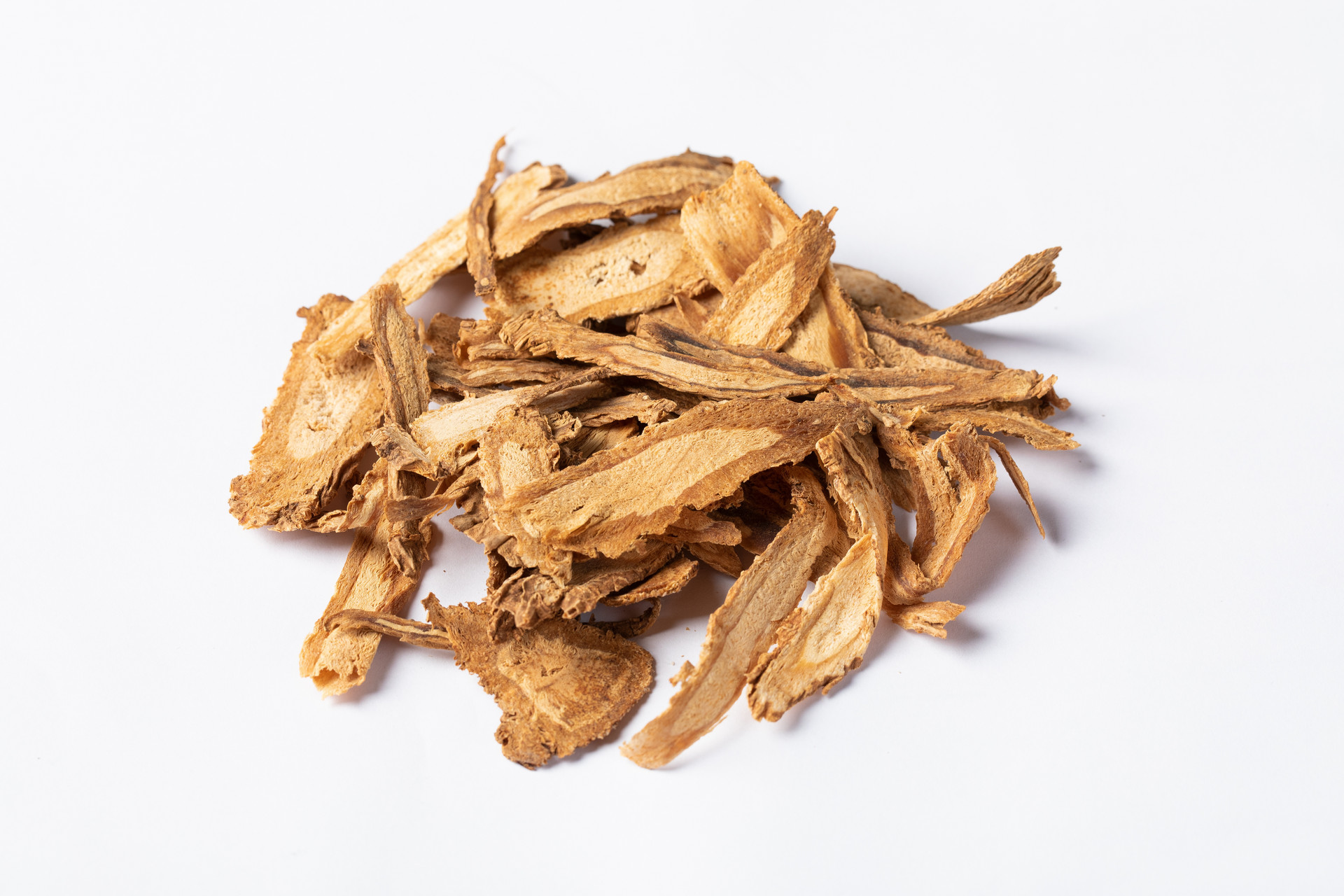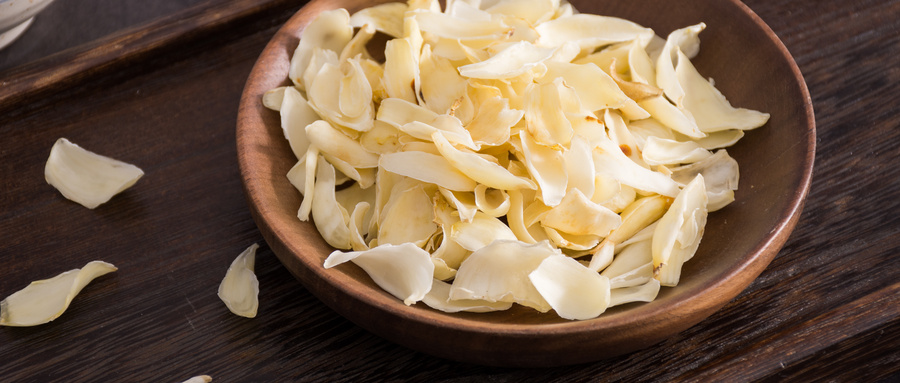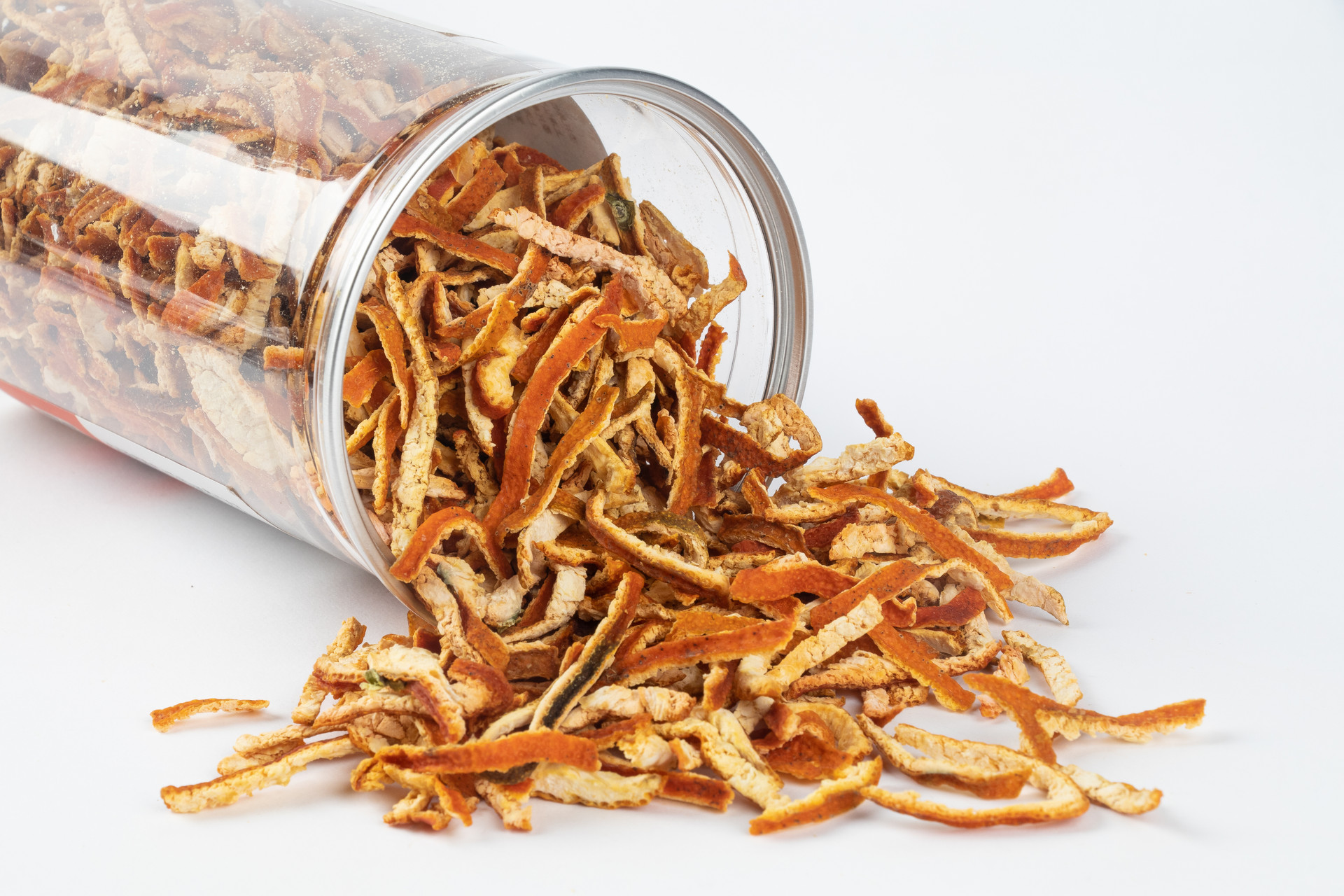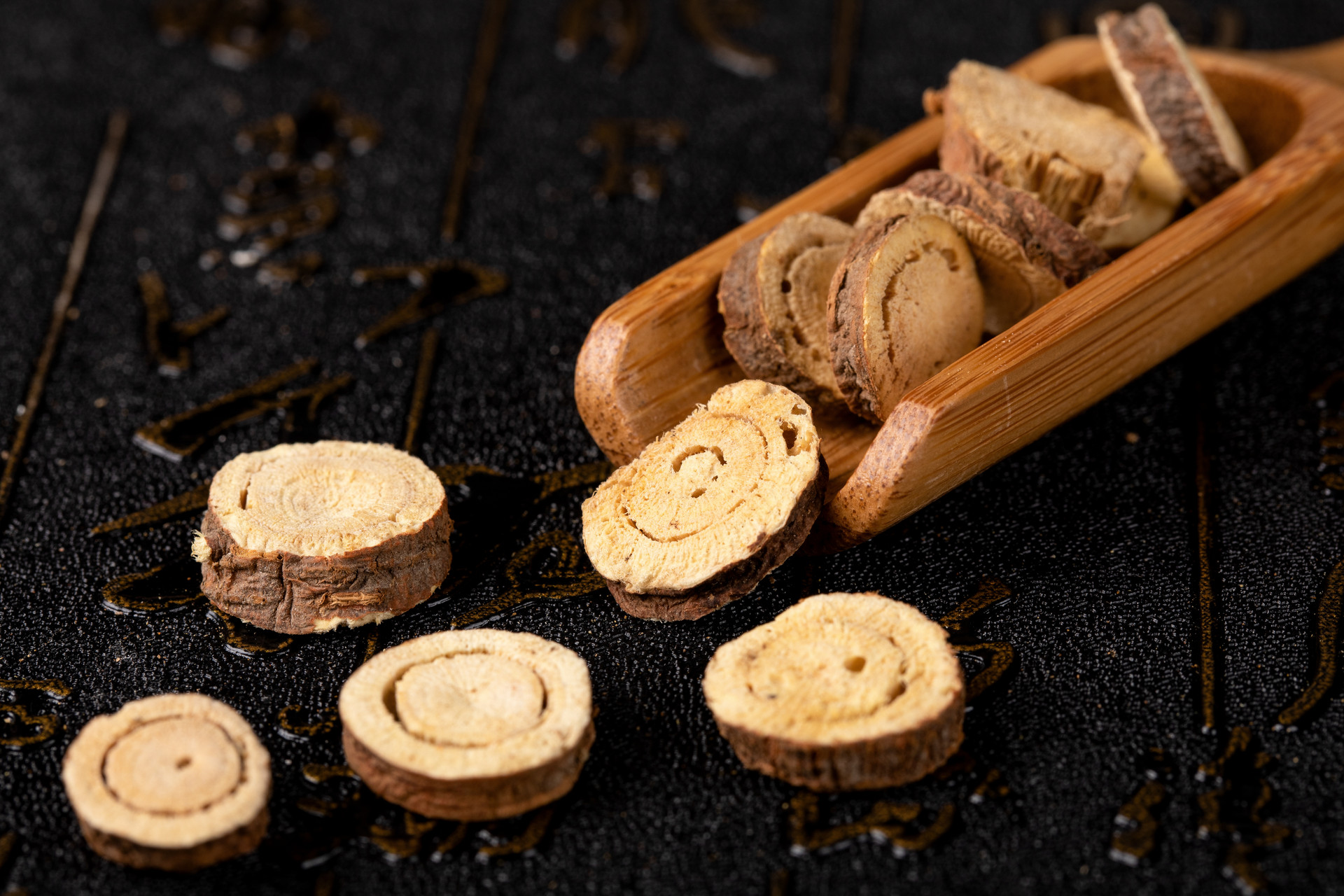"Three-character Classic" is a form of classical Chinese text that is easy to recite and memorize, with its flowing rhythm. It is also known for its simplicity and broadness in explaining complex concepts. By using the combination of "Three-character Classic" and "Plain Language Explanation", this article aims to introduce the history of traditional Chinese medicine preparation from ancient times to the present, providing a shortcut for beginners. The original intention of writing this article is to promote the widespread dissemination of knowledge about traditional Chinese medicine preparation, inspire more people to participate in the inheritance and innovation of traditional Chinese medicine preparation techniques, and gradually change the current embarrassing situation of a lack of skilled practitioners in the traditional Chinese medicine preparation industry.
Origin of Traditional Chinese Medicine Preparation: Three-character Classic
Traditional Chinese Medicine, for thousands of years, benefits China and its friendly nations
At the beginning of medicine, Shennong tasted herbs; the origin of medicine lies in Huangdi's inner classic
The Classic of Herbal Medicine explains the nature of medicines; the Inner Classic highlights the way of medicine
Ministers of commerce and chefs are involved; they experiment with soup and discuss the five flavors
Zhang Taishou wrote about typhoid fever; distinguishing the six channels, it is a classic work
Hua Tuo of the Han Dynasty excelled in surgery; Ma Fei San was the pioneer
The Theory of Paozhi was entrusted to Leigong; herbs were made into decoctions, distinguishing between raw and cooked
Sun Simiao had many excellent prescriptions; his noble medical ethics earned him the title of Medicine King
Li Shizhen compiled the Compendium of Materia Medica; his work became a reference for the world
Miao Xiyong's revision emphasized treatment; the Seventeen Methods were practical and useful
Zhang Zhongyan formulated the Regulations on Treating Diseases; the Guide was followed by future generations
Zhang Xichun, a late Qing Dynasty figure, discussed both Chinese and Western medicine
New China protects its cultural heritage; traditional medicine is flourishing once again
Tu Youyou won the Nobel Prize; artemisinin remains rooted in tradition
Preparation of medicines with a compassionate mind; truly refined and new, capable of saving lives
The Classic of Herbal Medicine explains the nature of medicines; the Inner Classic highlights the way of medicine
Plain Language Explanation: The Classic of Herbal Medicine refers to "Shennong's Classic of Materia Medica". Ming means clarity. The Inner Classic refers to "Huangdi's Inner Classic". Dao means methods or techniques. Zhang Taishou refers to the "Medicine Saint" Zhang Zhongjing. Typhoid fever refers to "Treatise on Febrile Diseases". Six channels refer to "Six Channels Differentiation". It is a classic work.
During the Qin and Han dynasties, the knowledge and experience of pharmacy before the Han Dynasty were summarized, forming China's first pharmacological monograph, "Shennong's Classic of Materia Medica" (referred to as "Classics"). This book clarified basic theories such as the "four qi, five flavors, and toxicity". It states, "Medicines have the five flavors of sour, salty, sweet, bitter, and spicy...dried in the shade, sun-dried, harvested in different seasons, raw or cooked..." Drying in the shade and sun-drying refer to processing at the place of origin, while raw and cooked refer to the process of preparation, transforming the properties of the medicine from raw to cooked, altering its nature.
In the legend of ancient times, the Yellow Emperor and his ministers often engaged in discussions about human physiology and pathology, studying methods of treating diseases. Someone recorded their conversations, which became the "Huangdi's Inner Classic" (referred to as "Inner Classic"). In the section "Evil and Guest" of the "Ling Shu" in the Inner Classic, there is a record of "treating Pinellia ternata", indicating that the concept of preparing toxic drugs was already recognized at that time.
Ministers of commerce and chefs are involved; they experiment with soup and discuss the five flavors.
Ministers of commerce refers to Yi Yin, a minister of the Shang Dynasty. He was recognized by King Tang of Shang for his culinary skills and assisted in the establishment of the Shang Dynasty. He was the first outstanding cook who served the emperor and used the "carrying the tripod and adjusting the five flavors" technique to assist the emperor in governing the country. His "harmonization of the five flavors" and "theory of heat" are still the unchanging principles of Chinese cooking. Yi Yin, who was proficient in both cooking and medicine, wrote the "Soup and Liquid Methods" for preparing food and medicine. Emperor Jin's "Needle and Moxibustion Jia and Yi Classic" recorded, "Yi Yin, with the talent of a second sage, used the 'Shennong's Classic of Materia Medica' as the basis for 'Soup and Liquid'". Decoctions were his creation and are still the main form of traditional Chinese medicine administration.
Zhang Taishou wrote about typhoid fever; distinguishing the six channels, it is a classic work.
Zhang Taishou refers to Zhang Zhongjing, known as the "Medical Saint". During the Eastern Han Dynasty, while serving as the magistrate of Changsha, there was an epidemic outbreak. Zhang Zhongjing was determined to "seek ancient teachings and gather various methods" to save people's lives with his medical skills. He wrote the "Treatise on Febrile Diseases", which used the differentiation of the six channels and the classification of formulas based on differentiation as its framework, establishing a theoretical system for differential diagnosis and treatment. The original work has been lost, and later it was reorganized by Wang Shuhe of the Jin Dynasty, resulting in the two books "Treatise on Febrile Diseases" and "Essentials from the Golden Cabinet" which have been passed down through generations. This work is one of the most influential classical medical works in the history of Chinese medicine. Many famous formulas mentioned in the book, such as Ma Huang Tang and Bai Hu Tang, have been clinically tested and proven effective over thousands of years. The influence of the "Treatise on Febrile Diseases" extends far beyond national boundaries. The methods of preparing drugs mentioned in the book are often found in footnotes of prescriptions, such as "three liang of rhubarb [footnote] 'soaked in wine'" and "Fu Zi [footnote] 'processed by removing the skin, broken into eight pieces'". These contributions have greatly contributed to the development of traditional Chinese medicine preparation in later generations.
Lei Gong's Theory of Paozhi was entrusted; herbs were made into decoctions, distinguishing between raw and cooked.
Lei Gong's Theory of Paozhi refers to the "Leigong's Theory of Paozhi". The term "entrusted" means to attribute the work to Lei Gong, an ancient minister of the Yellow Emperor.



